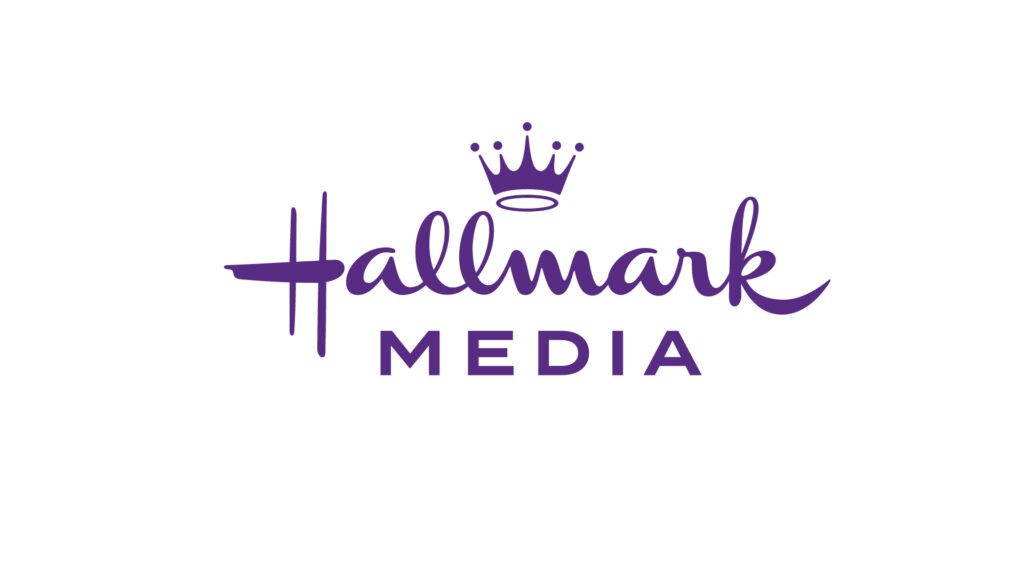 When companies fail to achieve a return on their investment in direct mail marketing, they tend to blame the channel. Some go so far as to declare direct mail obsolete in the digital age. But according to Maureen Powers, President of Direct Marketing for marketing solutions provider RR Donnelley, the problem often lies in companies’ failure to properly integrate direct mail into their overall strategy.
When companies fail to achieve a return on their investment in direct mail marketing, they tend to blame the channel. Some go so far as to declare direct mail obsolete in the digital age. But according to Maureen Powers, President of Direct Marketing for marketing solutions provider RR Donnelley, the problem often lies in companies’ failure to properly integrate direct mail into their overall strategy.
“The biggest mistake companies make is focusing on what channel works,” Powers says. Rather, “they should focus on what mix of channels works. We’re an online/offline integrated world now.”
With postage rates increasing annually—and with rumors that another USPS rate hike could come this summer—it might be tempting to give up on direct mail. Yet there’s evidence that because it isn’t digital, direct mail makes a significant impact—especially on millennial consumers. According to the USPS, two-thirds of millennials use marketing mail “as a prompt to go online,” compared with 54 percent of Gen Xers and 42 percent of baby boomers. And while 27 percent of baby boomers and 28 percent of Gen Xers regularly buy products featured in direct mail, 40 percent of millennials do.
“Younger people like the feel, the touch, the physical engagement of mail,” Powers says, “and they’re not used to it as much.” In a morass of emails, digital ads and social media, a mail piece is a novelty that can really stand out—particularly if it’s personalized.
Of course, personalization goes beyond addressing the recipient by name. It entails ensuring that the mail piece’s imagery, messaging and offer speak to the recipient. For a seller of pet insurance, that could mean featuring puppies rather than kittens on postcards to dog owners; for a traffic driver to a store or a showroom, it could mean including a customized map. Mail pieces to prospects might emphasize a brand’s reputation and solid reviews; the version sent to customers could feature the same imagery and display copy but steer recipients to specific product webpages instead.
Data and data analytics are key to achieving this degree of personalization—and therefore key to seeing ROI on direct mail. Data analytics can also help you weed out those who are unlikely to respond to your direct mail efforts. “You want to make sure you are identifying the best audience for your product and service,” Powers says. “Instead of mailing a million people, you might want to mail 500,000, as long as those are the right people.”
Digital marketers are no doubt aware of how granular data analytics can get. They might not know, however, that direct mail is now equally sophisticated. “There’s an opportunity for high variability in our mail,” Powers says. Multiple creative treatments and offers can be tested within one campaign. “Testing is so important to make sure you’re constantly updating your data and getting the most relevant info on who you’re talking to.”
The increased sophistication of data analytics and mail capabilities allows marketers to tweak campaigns in response to results almost immediately. If a January test of three versions of a postcard shows that version C was a big miss with recipients, a marketer can remove that option from the next mailing while still meeting the mail date.
It also encourages marketers to take advantage of the Postal Service’s Mailing Promotions Calendar, something Powers is a proponent of. The USPS offers discounts throughout the year to organizations that implement certain technologies into their mail pieces. For instance, companies can register through the end of August to use AR, VR, video and other emerging technologies in their letters and flats in exchange for a 2 percent postage discount.
Other promotions through the end of 2021 reward use of QR codes and the USPS’s Informed Delivery service. The discounts help mitigate the risks inherent in testing. This testing, in turn, might reveal that a format with a higher cost per piece generates appreciably stronger response, enough not only to justify the expense going forward but also to lift ROI.
To make the most of the USPS promotions discounts, companies need to plan ahead. Then again, Powers says, they should be doing so regardless: “The biggest message we try to express is the importance of treating your marketing budget as an ROI strategy rather than as individual campaigns.”
 Network
Network

